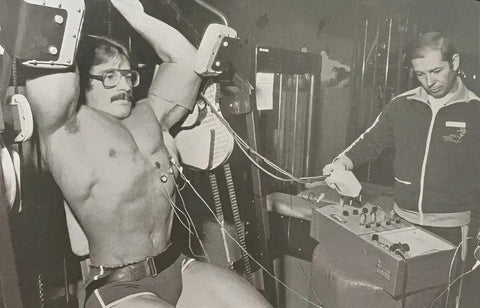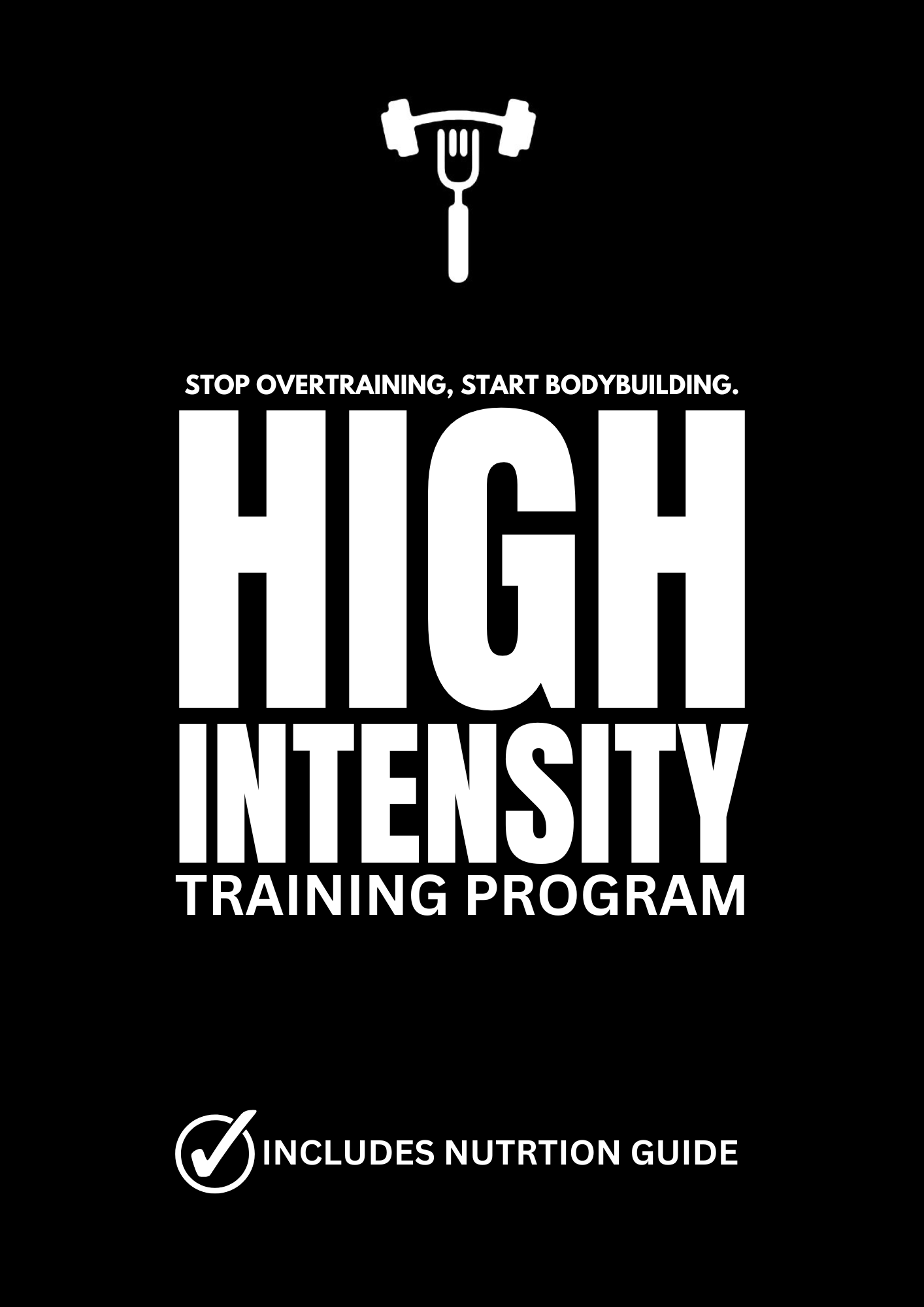Mentzer's High-Intensity Training alongside VO2 Max Training: A Comparative Analysis

In the realm of fitness and bodybuilding, the name Mike Mentzer holds a significant place, particularly due to his groundbreaking approach known as High-Intensity Training (HIT). Meanwhile, VO2 max training stands as a cornerstone in endurance training, primarily focusing on enhancing cardiovascular fitness. While these two methodologies seemingly operate in different domains of fitness, exploring their intersections and potential synergies offers intriguing insights into optimizing overall athletic performance.
Understanding Mentzer's High-Intensity Training (HIT)
Mentzer's HIT philosophy revolutionized the traditional approach to weightlifting. Central to his method was the principle of intensity over volume. Unlike conventional training, which often involved multiple sets and numerous exercises per muscle group, Mentzer advocated for brief, high-intensity workouts focusing on a few sets performed to muscular failure.Core Principles of VO2 Max Training
On the other hand, VO2 max training concentrates on enhancing the body's ability to utilize oxygen during intense exercise. This training modality typically involves prolonged sessions of aerobic exercise at intensities approaching an individual's maximum oxygen consumption (VO2 max). Such workouts aim to improve cardiovascular endurance and overall aerobic capacity.
Core Principles of VO2 Max Training
At first glance, Mentzer's HIT and VO2 max training appear diametrically opposed, one emphasizing short bursts of high-intensity strength training, and the other emphasizing sustained aerobic exercise. However, a closer examination reveals intriguing overlaps.
Both methodologies prioritize intensity. While HIT focuses on maximal effort within short durations, VO2 max training pushes the cardiovascular system to its limits over extended periods. This shared emphasis on intensity underscores the potential for complementary adaptations in the body.
Moreover, Mentzer's HIT can indirectly benefit VO2 max. Strength training enhances muscle mass and metabolic efficiency, which can lead to improved oxygen utilization during aerobic activities. Additionally, the high-intensity nature of HIT stimulates the heart rate and respiratory system, contributing to cardiovascular conditioning—a vital component of VO2 max.
Assessing the Impact on VO2 Max
Research on the direct effects of HIT on VO2 max is relatively scarce compared to studies on traditional endurance training. However, anecdotal evidence and some preliminary research suggest that incorporating elements of high-intensity strength training, as advocated by Mentzer, can lead to enhancements in VO2 max, particularly when combined with aerobic exercise.
Conclusion: Potential Synergies
While Mentzer's HIT and VO2 max training may seem disparate, their integration could offer a holistic approach to fitness, targeting both strength and endurance. By strategically combining elements of high-intensity strength training with aerobic exercise, athletes and fitness enthusiasts may unlock synergistic benefits, leading to improvements in both muscular strength and cardiovascular fitness.
Ultimately, whether pursuing Mentzer's HIT or VO2 max training, individual goals, preferences, and physiological characteristics should guide the selection and adaptation of training methodologies. Experimentation, coupled with a sound understanding of training principles, remains key to optimizing performance and achieving fitness objectives.

